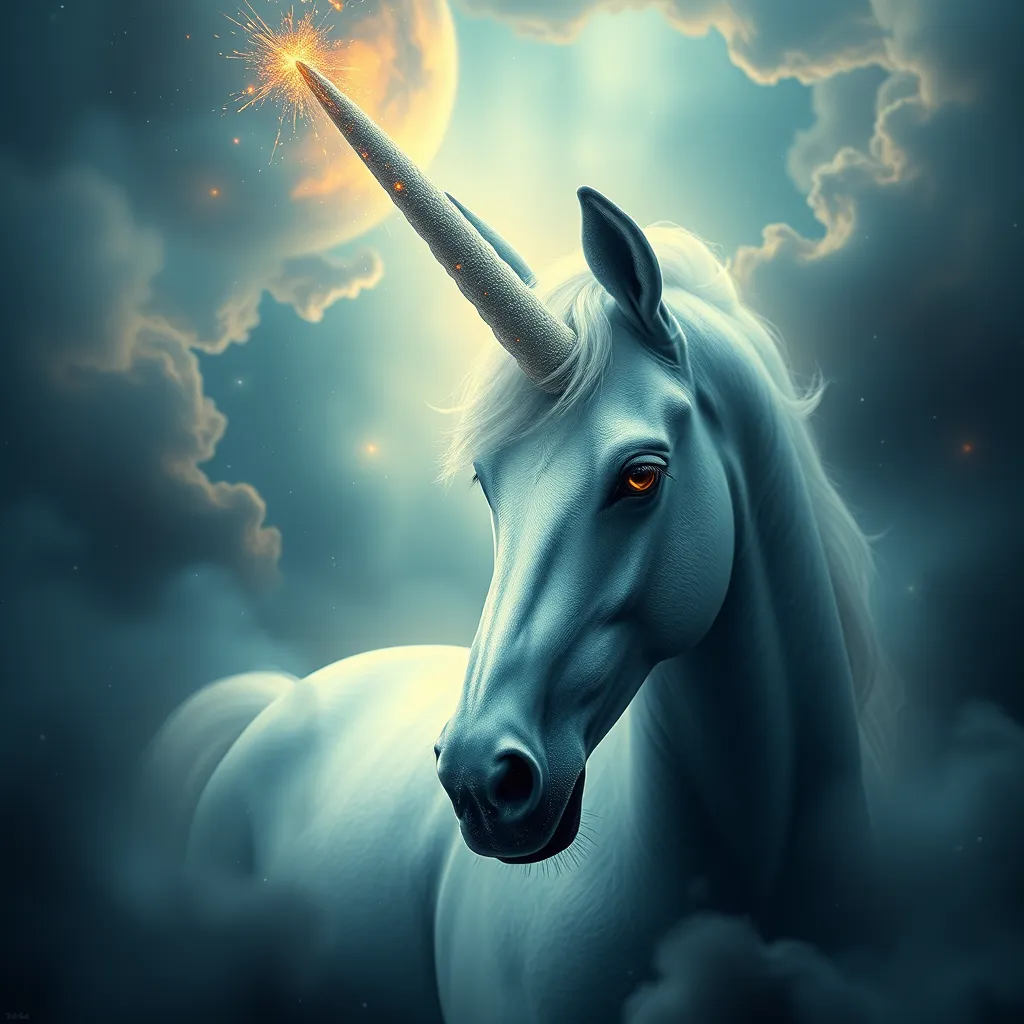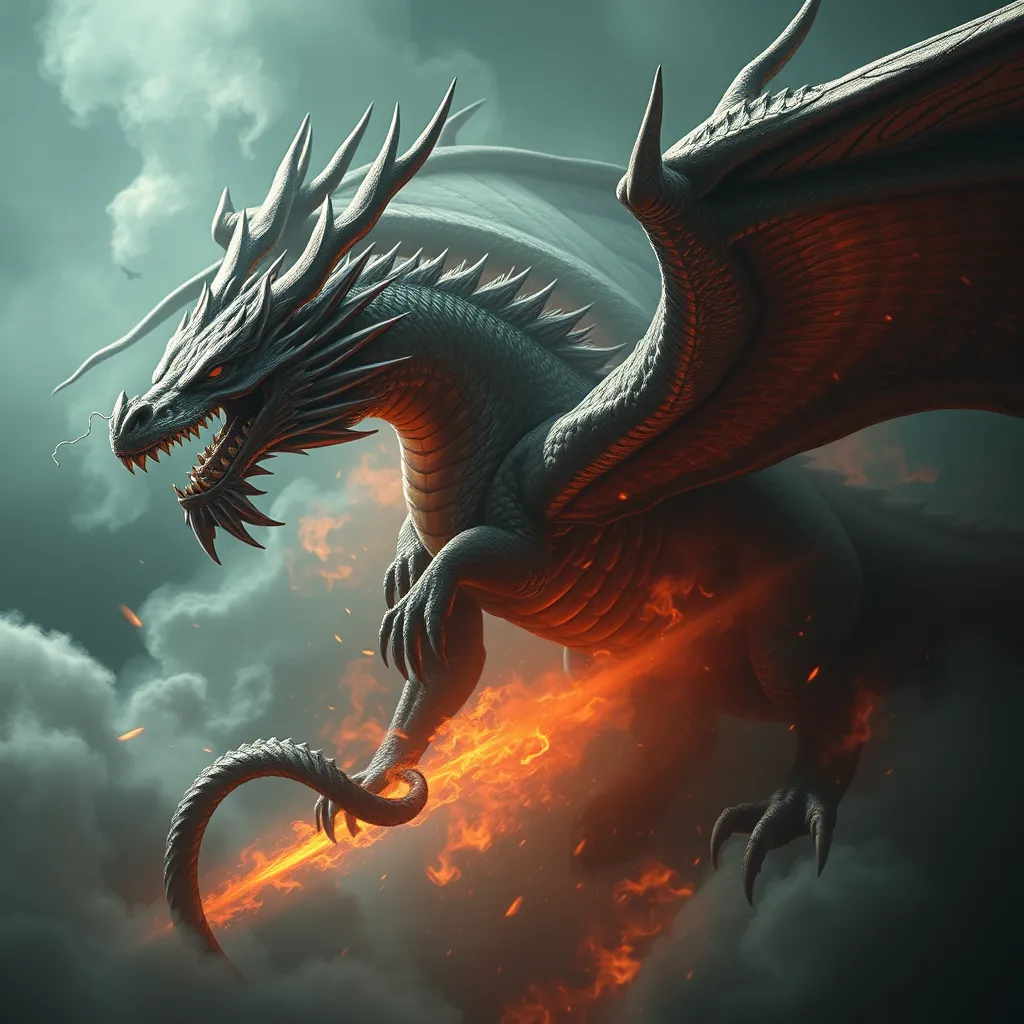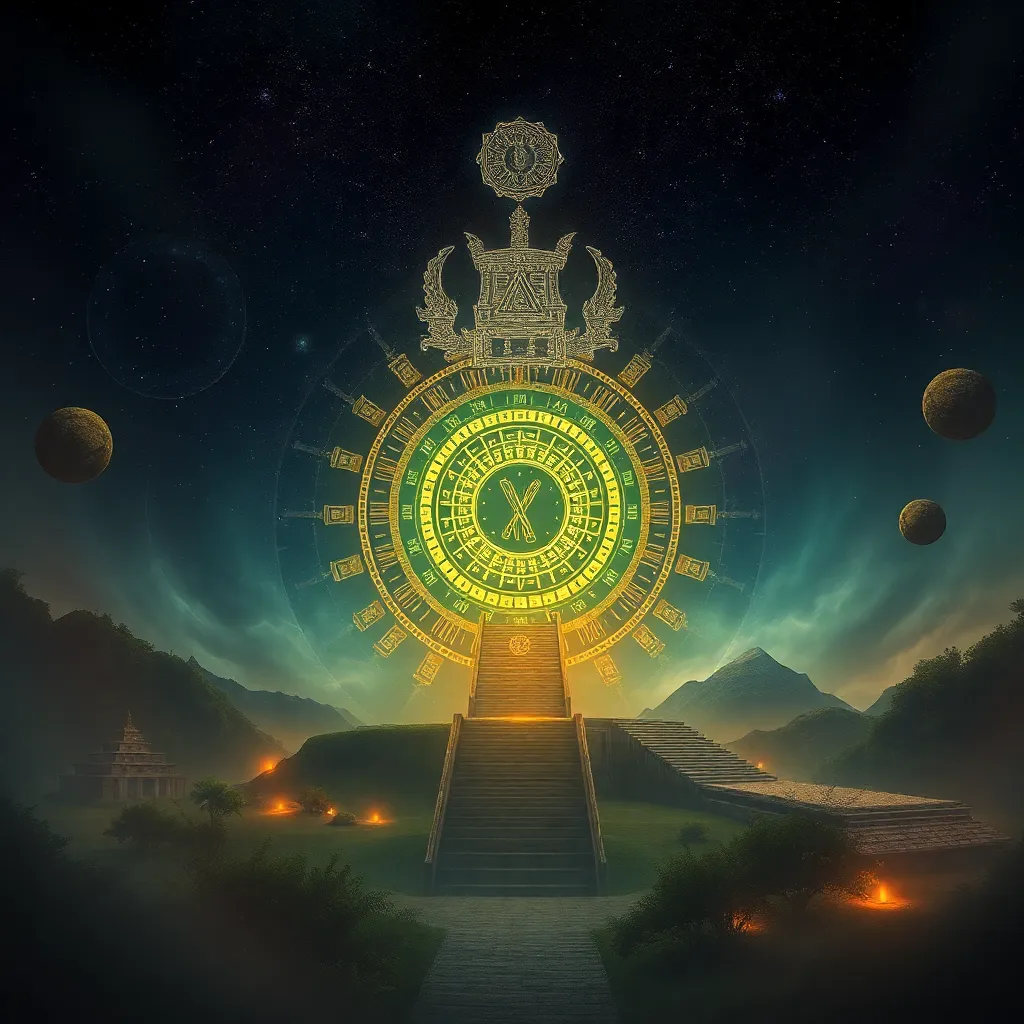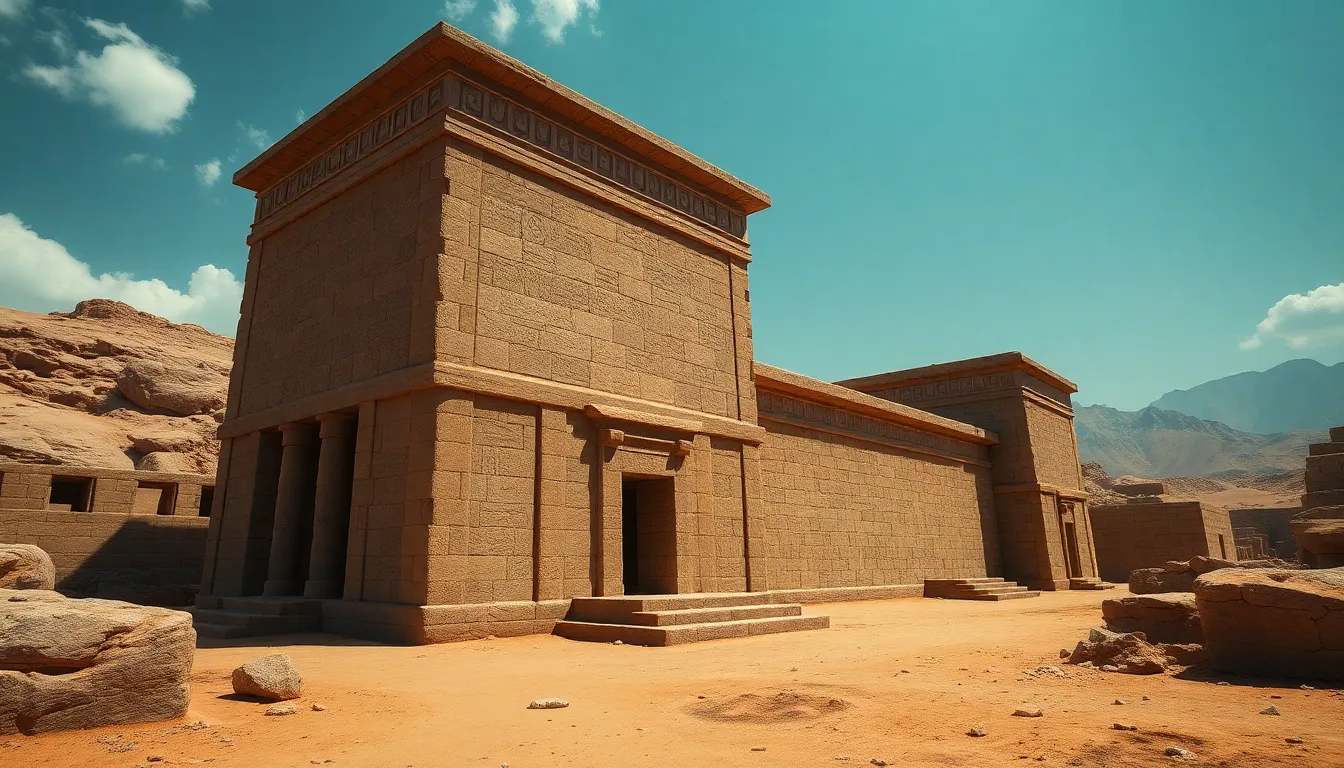The Unicorn’s Gaze: A Look into the Heart of Myth
I. Introduction
The unicorn, a creature of myth and legend, has captivated the human imagination for centuries. Defined as a horse-like creature, typically depicted with a single spiraled horn protruding from its forehead, the unicorn embodies a plethora of meanings across various cultures and epochs.
In cultural narratives, the unicorn signifies purity, grace, and the mystical qualities of nature. Its portrayal transcends mere fantasy, often representing ideals and truths that resonate deeply with the human experience. This article aims to explore the symbolism and legacy of unicorns, shedding light on their historical origins, artistic representations, and their enduring appeal in contemporary culture.
II. Historical Origins of the Unicorn Myth
A. Ancient Civilizations and Early References
The origins of the unicorn myth can be traced back to ancient civilizations. Texts from the Indus Valley Civilization (c. 2500-1500 BCE) feature seals depicting horned animals that resemble unicorns. Similarly, ancient Mesopotamian art also showcases creatures that bear a resemblance to this mythical being.
B. The Unicorn in Greek and Roman Literature
In Greek literature, the unicorn is mentioned by historical figures such as Ctesias, a 5th-century BCE physician, who described a one-horned animal in his accounts of India. The Roman writer Pliny the Elder also referenced the unicorn, describing it in his encyclopedic work, “Natural History.” These accounts solidified the unicorn’s place in Western mythos, intertwining it with the lore of exotic lands and creatures.
C. Evolution of the Unicorn Myth Through the Ages
Throughout the Middle Ages, the unicorn evolved into a symbol of Christ, representing purity and the Virgin Mary. Illustrations in manuscripts and tapestries from this period often depict the unicorn as a creature that can only be tamed by a virgin maiden, further embedding its symbolism in Christian theology.
III. Symbolism of the Unicorn
A. Purity and Innocence
The unicorn is perhaps best known for its associations with purity and innocence. In many cultures, it embodies the idea of a pristine world untouched by corruption. This symbolism is prevalent in art and literature, where the unicorn often serves as a protector of the innocent.
B. The Unicorn as a Symbol of Grace and Beauty
Beyond purity, the unicorn is synonymous with grace and beauty. Its elegant form and ethereal presence evoke feelings of admiration and wonder. This allure has made the unicorn a popular motif in various artistic expressions, from paintings to sculptures.
C. Connections to Spiritual and Mystical Beliefs
Many spiritual and mystical traditions view the unicorn as a symbol of divine connection. It is often associated with healing, intuition, and the spiritual journey. In some esoteric beliefs, the unicorn’s horn is thought to possess magical properties, capable of purifying water and healing ailments.
IV. The Unicorn in Art and Literature
A. Depictions of Unicorns in Medieval Art
Medieval art often featured unicorns in tapestries and illuminated manuscripts. The famous “Unicorn Tapestries” housed in The Cloisters, New York City, illustrate the unicorn’s symbolic journey, capturing its essence through intricate designs and vibrant colors.
B. Unicorns in Renaissance Literature and Beyond
The Renaissance period saw a resurgence of interest in classical mythology, including the unicorn. Writers like Sir Philip Sidney and Edmund Spenser incorporated unicorns into their poetry, using them as symbols of unattainable beauty and virtue.
C. Modern Interpretations of the Unicorn in Popular Culture
In contemporary culture, unicorns have taken on new forms, appearing in literature, film, and merchandise. From children’s stories to adult fantasy novels, the unicorn continues to symbolize magic and wonder, adapting to modern sensibilities while retaining its mythical roots.
V. The Unicorn’s Role in Folklore and Legends
A. Regional Variations of Unicorn Stories
Unicorn mythology varies across regions, with each culture adding its unique spin. In Chinese folklore, the Qilin, often mistaken for a unicorn, symbolizes prosperity and good fortune. In India, the unicorn is linked to ancient texts, depicting it as an incarnation of the divine.
B. The Unicorn in Folklore: Guardians of Nature and the Divine
Unicorns are often portrayed as guardians of the natural world, protecting forests and wildlife. In many legends, they are seen as intermediaries between the human realm and the divine, emphasizing their sacred nature.
C. The Quest for the Unicorn: Themes of Adventure and Discovery
The quest for the unicorn is a common theme in folklore, representing a journey of self-discovery and adventure. These stories often highlight the challenges faced by those seeking the unicorn, symbolizing the pursuit of ideals and the importance of perseverance.
VI. The Unicorn as a Contemporary Symbol
A. The Unicorn in Modern Branding and Marketing
In today’s society, unicorns have become a popular symbol in branding and marketing, often representing uniqueness and innovation. Companies use the unicorn imagery to convey a sense of whimsy and creativity, appealing to consumers’ desires for individuality.
B. The Rise of the Unicorn as a Cultural Icon
The unicorn has emerged as a cultural icon in various movements, symbolizing diversity and acceptance. Its magical qualities resonate with those seeking to challenge norms and celebrate differences.
C. Unicorns in Activism and Social Movements
Unicorns have also found a place in activism, particularly in movements advocating for LGBTQ+ rights. The unicorn’s symbolism of embracing one’s true self has made it a fitting emblem for those fighting for equality and representation.
VII. The Psychological and Emotional Appeal of Unicorns
A. The Unicorn as a Metaphor for Hope and Aspiration
Psychologically, unicorns serve as a metaphor for hope and aspiration. They represent the possibility of achieving dreams and overcoming obstacles, inspiring individuals to reach for their ideals.
B. Psychological Interpretations of the Unicorn’s Gaze
The unicorn’s gaze, often depicted as gentle and knowing, elicits feelings of comfort and understanding. This gaze can be interpreted as a reflection of inner desires and emotions, encouraging introspection and personal growth.
C. The Unicorn’s Influence on Personal Identity and Imagination
The unicorn’s enchanting presence influences personal identity and imagination, encouraging individuals to embrace their uniqueness and creativity. It serves as a reminder of the magic that exists within and around us.
VIII. Conclusion
A. Reflection on the Enduring Legacy of the Unicorn
The unicorn’s legacy endures through its rich symbolism and cultural significance. It continues to inspire art, literature, and personal expression, reminding us of the beauty inherent in our dreams and aspirations.
B. The Unicorn’s Gaze: A Bridge Between Myth and Reality
The gaze of the unicorn serves as a bridge between myth and reality, inviting us to explore deeper meanings and connections in our lives. It embodies the timeless quest for truth, beauty, and understanding.
C. Final Thoughts on the Importance of Myth in Understanding Human Experience
Ultimately, the unicorn stands as a testament to the power of myth in shaping human experience. Through its enduring allure, we are reminded of the importance of imagination, hope, and the search for meaning in our lives.



